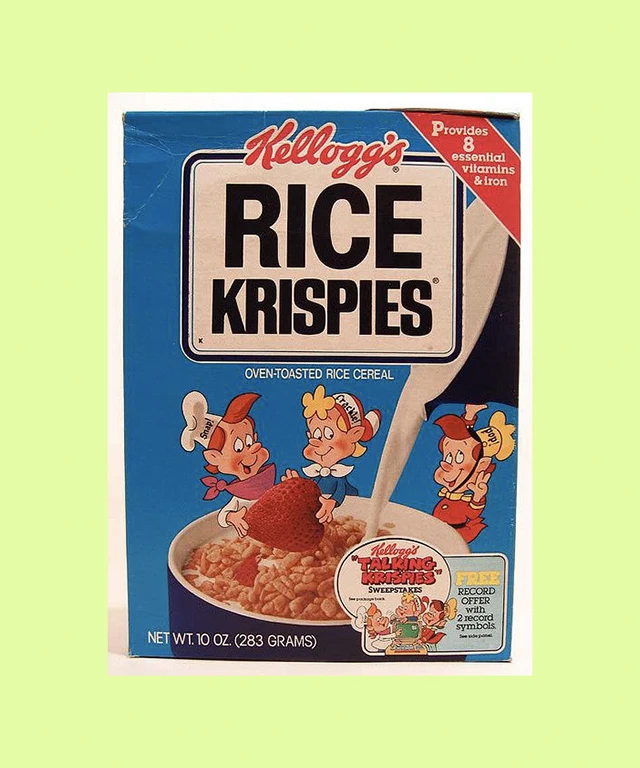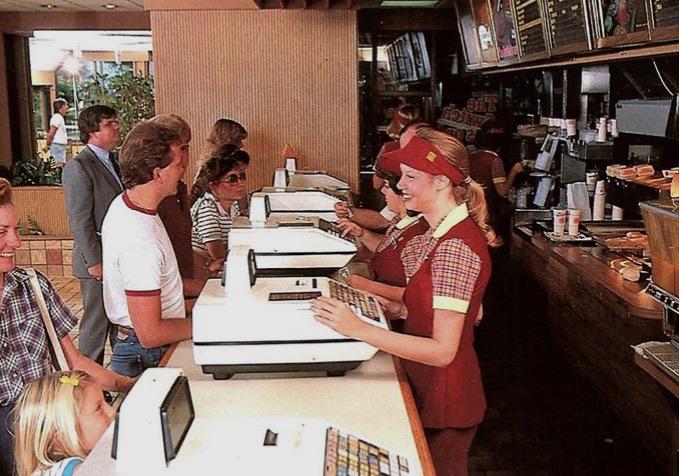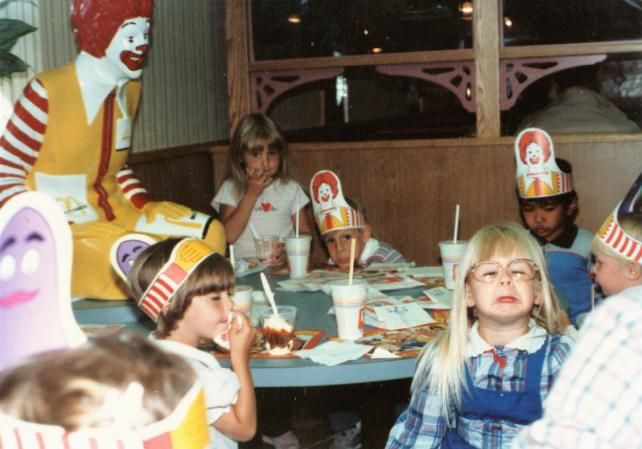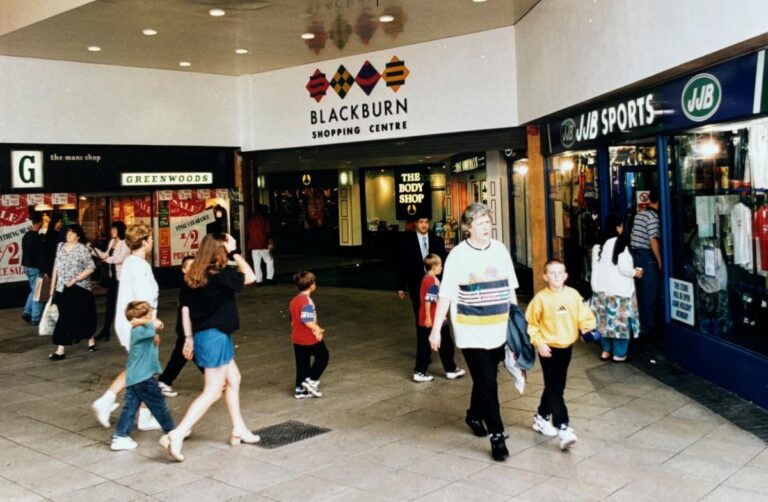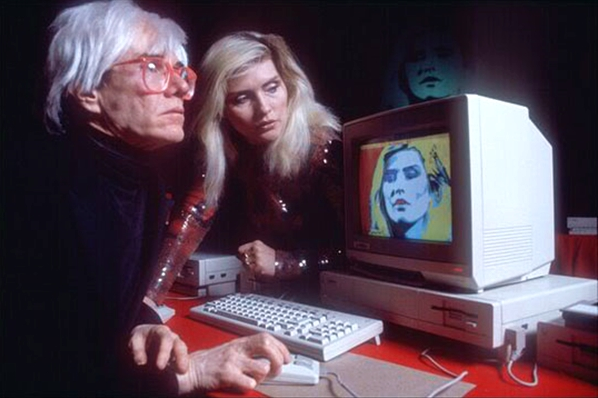INFLUENCING BEHAVIOUR
I have no idea who said this but it’s a quote often unearthed during times of economic crisis.
I’ve frequently noted that marketing is the first pot to be plundered when savings need to be made, and it’s entirely understandable that businesses, fighting for their lives since this outbreak began, would cut marketing to try and stay afloat in the short-term.
But true marketing is as much about influencing the behaviour of the future, as it is about driving people through the door today; and there are a number of studies going back over a hundred years which underline the advantages of maintaining or even increasing marketing spend during a weaker economy. In fact studies by research firm Meldrum & Fewsmith, showed companies that maintained advertising during recession enjoyed measurably higher gains not only during the recession, but even more so, in the two years after the recession. This, in stark contrast to the companies who cut advertising to save money in the shorter term.
PROVEN GROWTH WITH MARKETING
What this tells us is the brands that maintained or grew their marketing spend increased sales and market share during economic downturn, but crucially, for a lengthy period afterwards too. And this is a trend which has held true for every recession or downtown since World War II.
Now I know what you’re thinking, “if ONLY we were dealing with recession!!!”. But we can learn something from these lessons whatever the nature of our economic crisis.
So here’s why we should be maintaining (at least elements of) our marketing, even in these unprecedented times.
- Business not as usual allows you to reposition a brand or introduce a new product; we’ve seen some incredible and awe-inspiring diversification over these last few days, from independents to large chains. And each brands reaction to this crisis, is what will stay in people’s hearts and minds for months and years to come, no matter what went before. In many ways we can wipe the slate of market perception clean.
- Brands can project both corporate stability and much needed customer reassurance. By spending light, but maintaining a strong social and online presence, brands can position themselves in people’s minds as places to trust when restrictions do start to lift due to their stability and presence in this current chaotic environment.
- You could calm shareholder nerves. Bond markets are seemingly showing no alarm at the prospect of the government writing large cheques to keep the economy afloat. Close Brothers, the merchant bankers, say a “backlash is more likely to occur if the government is judged to be spending too little to protect the economy, not too much”. Could this approach to your own brands buy precious time from investors?
- Healthy budgets = healthy brands. Maintaining social presence and adverting can imply healthy budgets, (has anyone ever questioned whether McDonalds’s or Coca-Cola are doing OK). But the perception of health and brand well-being can positively impact perceptions of teams and restaurants too; which will be essential after a major public health crisis.
- The cost of advertising drops – whether that’s a full on Google or Facebook campaign or maintaining your own social media channels. The CPA (cost per acquisition) of a new database sign up or online order will be a fraction of what it was a few weeks ago. And judging by the tone of the talk in my marketing WhatsApp group (drop me a message to be added), the sheer love of our industry has inspired many agencies and freelancers (inc myself) to offer help at a fraction of their usual fee, and in some instances even for free.
- Increased ‘share of voice’. When advertising and social are maintained, ‘share of voice’ grows (and this can be even further amplified when people are using social media in the volumes they are during this ‘lock down’). And ‘share of voice’ typically leads to an increase in ‘share of market’. Whether that’s now, online, or when restrictions lift and consumers are desperate to dine out again.
- Push the boundaries of your brand and get creative. Amanda-Jane Doran, an expert on Victorian publishing and illustration, noted that the majority of brands who advertised through World War I, were still in business today, thanks to the boldness of the visual art they used. As Amanda says, “those ads worked”.
- A crisis is an ideal time to communicate your purpose, values or ideals. It’s understandable that many brands will go into either survival or panic mode during a crisis of this scale. Some stop advertising or marketing completely, others go hard on sales. In these unprecedented and ever-changing conditions, tactics and strategies should of course evolve as needs dictate; but the emotional base of a brand must remain. Emotion is one of the pillars of marketing, and historically, emotion has worked well. According to the Harvard Business Review, the stock prices of companies with strong brands built through emotional campaigns, such as Colgate-Palmolive and Johnson & Johnson, held up better in recessions than those without strong brand recognition or engagement.
- It lifts an industry. When one brand shouts loudly it becomes a rallying cry for the sector. Customers won’t see us as competitors when this is over, they’ll see us as the thing they want to do with loved ones first. Even a few voices keeping the home fires burning can help spark a huge movement, which benefits us all, when restrictions lift.
WHERE’S THE EVIDENCE?
I may be a marketer but with such a strong interest in data, I tend to be naturally suspicious of anecdotal or ‘positively spun’ evidence. But after hearing that the brands who advertised during the war bounced back faster when it had ended, I felt compelled to see if there was any evidence to suggest brands should advertise during times of economic and cultural crisis. And happily there are loads of examples.
In the 1920’s, Post was the United States biggest selling cereal brand. During the Great Depression, Post slashed its advertising budget while rival Kellogg’s, doubled its own spend, investing heavily in radio. It even introduced a new cereal called Rice Krispies, featuring the Snap, Crackle & Pop characters.
Kellogg’s profits grew by 30% and the company became the category leader, a position it’s maintained for decades.
In the recession of the early 90’s, Pizza Hut and Taco Bell took advantage of McDonald’s decision to drop its advertising and promotion budget. As a result, Pizza Hut increased sales by 61%, Taco Bell sales grew by 40% while McDonald’s sales declined by 28%.
Amazon grew their sales by 28% in the last recession. They continued to innovate throughout and even launched a new Kindle. On Christmas Day 2009, Amazon customers bought more e-books than printed books for the first time, cementing Amazon’s position as an innovator on the side of cash-strapped consumers.
While this crisis is so far proving to be far graver for hospitality than a recession or even war, it’s worth bearing in mind the thoughts of Tim Wallace of the Daily Telegraph; “though the Great Plague and Great Fire of London (1665-66) temporarily brought London to its knees, the capital enjoyed a huge boom in growth soon after.It’s good to know that the economic pain of pandemics can be followed by the quick recovery we are all hoping for”.
